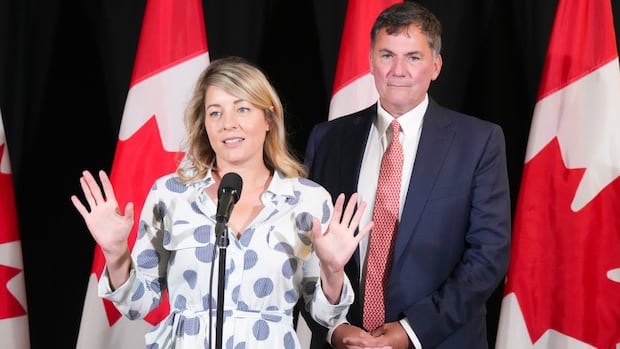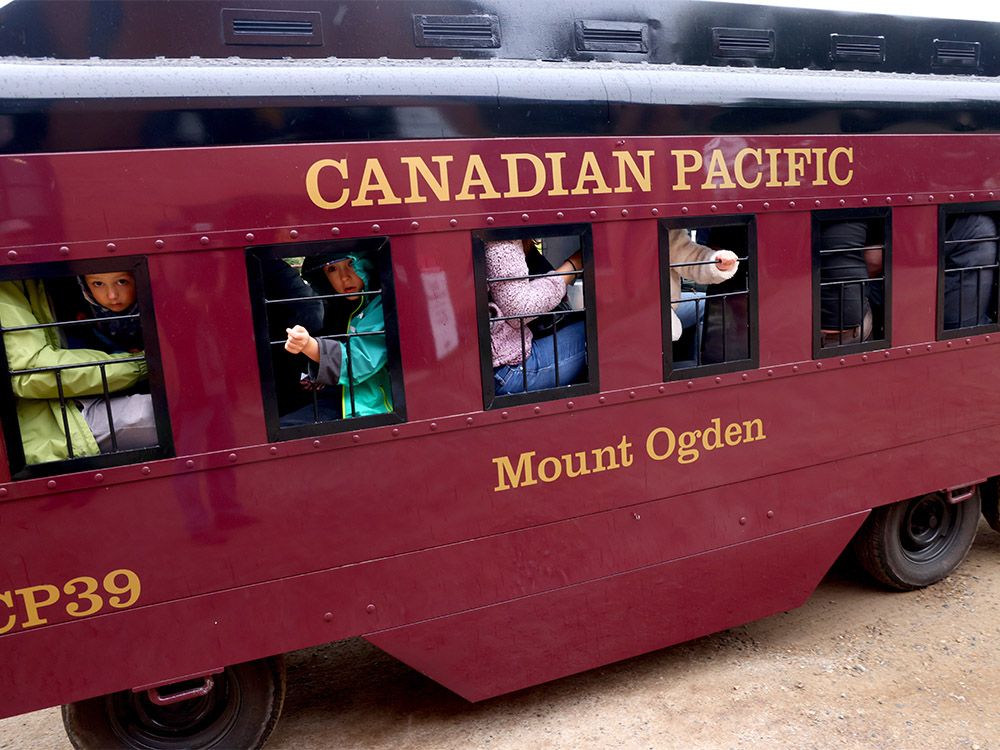Military is being called on too often to deal with domestic emergencies, commander warns
Something’s gotta give.
That’s the message the Canadian military’s top operations commander delivers now every time he meets with federal public safety officials and desperate provinces struggling to respond to domestic, climate-related disasters.
If the statistics are any guide, however, Vice-Admiral Bob Auchterlonie’s message is falling on partially deaf ears.
During 2023, the military conducted 141 straight days of operations supporting civilian authorities — a record.
Auchterlonie was asked during a year-end interview with CBC News this week whether the military had been over-used during the recent run of weather and wildfire crises.
“Short answer is, I would probably say, ‘Yes,'” said Auchterlonie, who added that in most meetings with provincial emergency measures organizations and federal agencies, he delivers what can best be described as a boilerplate appeal.
“I reinforce the message and say we are a force of last resort, [and] this is what we can provide, if necessary, in extremis. And yet we continually get called for reasons that may not necessarily be the provinces’.”
Auchterlonie oversees the Canadian Joint Operations Command (CJOC), which handles all domestic and foreign deployments of troops. His remarks come after Canada’s worst-ever wildfire season.
The notion that the federal government may be overly eager to demonstrate its relevance and capacity to respond when disaster strikes is a theme that has surfaced occasionally in front of the House of Commons defence committee.
The committee has held on-again, off-again hearings that wrestle with the question of whether storm cleanup and wildfire fighting should be the work of soldiers.
In the past year, Auchterlonie said the threat posed to Yellowknife and the evacuation of the territorial capital in the face of raging wildfires is the clearest example of a military intervention that was necessary and relevant.
‘A warm blanket’ for anxious governments
“The question is, was it necessary everywhere else?” Auchterlonie asked.
“So, over the last number of years, you’ve seen the number of times we’ve conducted Operation Lentus (the military’s designation for domestic disaster response), but it has become … I don’t want to say the easy button to push.”
Given that the military responds quickly and has mobility, Auchterlonie said, “it becomes a warm blanket” of comfort for governments “as opposed to necessarily providing a significant effect.”
He said the Forces know they’re there to help Canadians in times of need, but more often than not the military is being used as a substitute for existing agencies and companies that could deliver the same services.

“We are here to support the population in a crisis and as soon as that’s up, it’s up to the provinces in the other organizations” to carry on, said Auchterlonie, who added the military sometimes gets asked to stay longer than it necessarily should.
“We end up not being employed — not necessarily being employed — and certainly getting asked to do things that we shouldn’t be doing, and that’s going to interfere with, you know, other companies that can do this.
“I don’t want to use the term free labour, but that’s the other part, which is a problem because we don’t charge the provinces.”
Auchterlonie’s blunt assessment follows on testimony last month from the country’s chief of the defence staff, Gen. Wayne Eyre, who told the Commons defence committee that the Forces need “to be, truly … a force of last resort” and that municipal and provincial resources need to be drawn upon first.
Frequently relying on the military to respond to domestic emergencies has its drawbacks, for both the defence department budget and military readiness.
“It’s expensive,” Eyre testified on Nov. 23, 2023. “We train for the worst of situations — high-end combat. If that capability is used for much lower and more frequent business, it’s not economically viable.”
“Take a look at the world security situation, which is deteriorating around us,” Eyre told the four-party committee. “The demand signal for those primary tasks we’re responsible for is only increasing. However, our readiness to do that is decreasing, due in part to the incessant demand for these types of domestic operations.”
During a meeting of the Senate defence committee Thursday, Chief of the Defence Staff General Wayne Eyre told Parliamentarians about the impact of cutting the close to $1 billion the Liberals have said they’ll shave off the defence budget.
Defence Minister Bill Blair told the same committee that the military is very much in the room when the decisions about domestic deployments are being made.
“The process of determining whether or not it’s appropriate to use Canadian Armed Forces members, I want to assure this committee, is done very much in consultation with CAF itself,” Blair said.
Military concerns about readiness, equipment and cost, Blair said, are being heard and it’s the provinces that need to temper their expectations.
“I may also take the point … I hear very clearly from premiers and ministers of the provinces and territories,” the minister told the committee. “They really value the CAF contribution. It’s one of the first things they ask for. On many occasions, we’ve had to say, ‘That’s not the appropriate response. We’ll provide you with other help.'”
A rising tide of crises
But this may not be about provinces looking to offload the cost of natural disaster response on the federal government. The scale and frequency of emergencies has risen dramatically, as demonstrated by statistics put before the defence committee.
Throughout the country’s history, the federal government has paid $7.9 billion through the disaster financial assistance arrangement it has with the provinces. A whopping $5.8 billion of that total has been spent in the last 10 years alone.
Harjit Sajjan, the emergency preparedness minister, said talks are underway with the provinces and territories to develop a better model for disaster response.
He said the concerns of the military are being taken into account.
“We are analyzing what types of things the Canadian Armed Forces has been asked to do that could have been done by somebody else, and we are looking at the Canadian Armed Forces only for what is absolutely needed,” Sajjan said.
Among the options being considered is a Canadian version of the Federal Emergency Management Agency (FEMA) in the United States.




